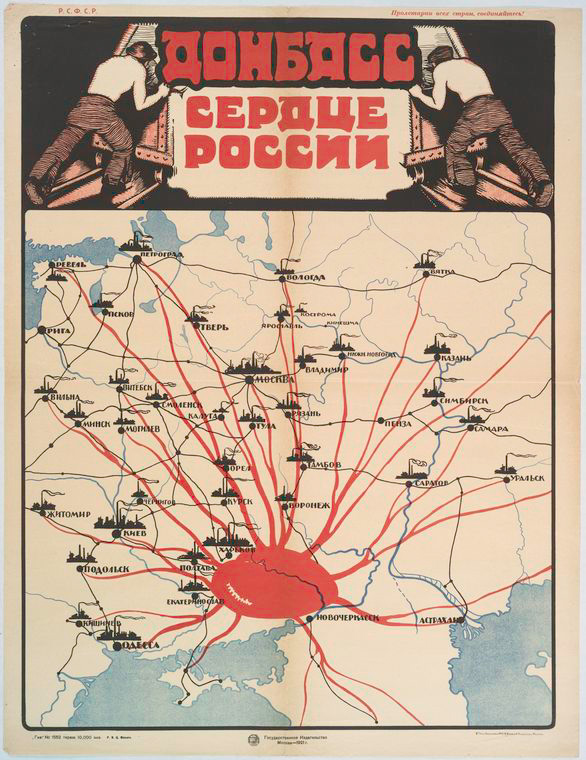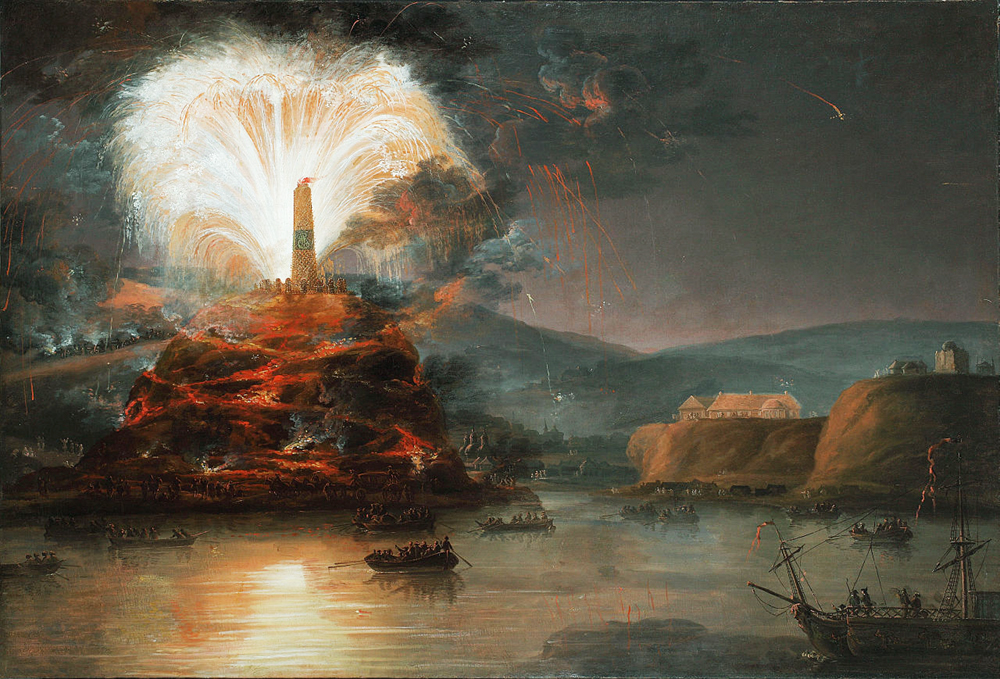
AsianOverland.net
Tour Guide - Itinerary
Asian Overland Sydney to London
Started 22/06/2022 Finished 21/06/2023365 Days ITINERARY
Day 243 date 19/02/2023MOSCOW to THE KREMLIN, RUSSIA
ASIANOVERLAND.NET RUSSIA SCANDINAVIA
DAY 19/243 1981 – MOSCOW TO THE KREMLIN, RUSSIA
RED SQUARE
ST BASILS
THE KREMLIN
BOLSHOI BALLET
The original Moscow Kremlin was built in the 14th century and was reconstructed in the 1480s by Ivan, who built the new Kremlin wall and its towers. The Kremlin walls as they now appear were completed in 1495. The Kremlin's Great Bell Tower was built in 1505–08 and increased to its present height in 1600.
The Cathedral of Vasily the Blessed, commonly known as Saint Basil's Cathedral, is an Orthodox church in Red Square of Moscow, and is one of the most popular cultural symbols of Russia. The building, now a museum, was built from 1555 to 1561 on orders of Ivan the Terrible and commemorates the capture of Kazan and Astrakhan. It was the city's tallest building until the completion of the Great Bell Tower in 1600.
For three centuries, the Russian people lived under the control of the Tatar-Mongolians and Tartar-Ottomans.
Peter the Great had succeeded in gaining a toehold in the south, on the edge of the Black Sea, in his Azov campaigns.
Catherine the Great completed the Russian conquest of the south, making Russia the dominant power in south-eastern Europe after the Russo-Turkish War of 1768–1774.
In 1769, a last major Crimean–Nogai slave raid, which ravaged the Russian held territories in Ukraine, saw the capture of up to 20,000 slaves by the Ottoman Tartars.
Russia inflicted some of the heaviest defeats ever suffered by the Ottoman Empire, including the Battle of Chesma (5–7 July 1770) and the Battle of Kagul (21 July 1770).
The Russian victories procured access to the Black Sea and allowed Catherine's government to incorporate present-day southern Ukraine, where the Russians founded the new cities of Odessa and Yekaterinoslav (literally: "the Glory of Catherine"; the future Dnipro).
The Treaty of Küçük Kaynarca, signed 10 July 1774, gave the Russians territories at Azov, Kerch, Yenikale, Kinburn, and a strip of Black Sea coast between the rivers Dnieper and Bug. The treaty also removed restrictions on Russian naval or commercial traffic in the Azov Sea, granted to Russia the position of protector of Orthodox Christians in the Ottoman Empire, and made the Crimea a protectorate of Russia.
Catherine annexed Crimea in 1783 and the palace of the Crimean Khanate passed into the hands of the Russians. In 1787, Catherine conducted a triumphal procession in the Crimea.
The Crimean journey of Catherine the Great was a six-month (January 2, 1787 – July 11, 1787) inspection trip from the Baltic Sea to the Black Sea, to the newly acquired lands of New Russia and Crimea, gained as a result of the victorious wars against the Ottoman Empire (1735–39 and 1768–74) and peace treaties with the Cossack Hetmanate.
The trip was carried out with Catherine's court and many ambassadors. During the trip, she met with the Austrian emperor Joseph II, travelling incognito. The trip was arranged by Grigory Potemkin, a favourite and lover of Catherine II. The trip happened when the Russo-Turkish War (1787–1792) was just about to erupt.
Since Catherine's times, the expression "Potemkin village" (or cardboard cut-outs) came into being, referring to the legend about fake villages hastily erected by Potemkin along Catherine's route in order to impress the Empress, the Austrian Emperor, and western ambassadors who accompanied Catherine.
The Ottomans restarted hostilities in the Russo-Turkish War of 1787–92. This war was another catastrophe for the Ottomans, ending with the Treaty of Jassy (1792), which legitimised the Russian claim to Crimea and granted the Yedisan region (from the Dniester River to the Bug River) to Russia. In 1794, Catherine the Great established the city of Odessa on the north coast of the Black Sea in the Yedisan region aquired from the Ottomans.
During her reign, Catherine the Great extended the borders of the Russian Empire by about 520,000 square kilometres , absorbing New Russia, Crimea, Northern Caucasus, Right-bank Ukraine, Belarus, Lithuania, and Courland (Latvia) from the Ottoman Empire and the Polish–Lithuanian Commonwealth.
The Bolshoi Theatre is a historic theatre in Moscow which was founded by Catherine the Great in 1776 and holds ballet and opera performances. Before the October Revolution it was a part of the Imperial Theatres of the Russian Empire along with a few theatres in Saint Petersburg.
The Bolshoi Ballet and Bolshoi Opera are amongst the oldest and most renowned ballet and opera companies in the world. It is by far the world's biggest ballet company, with more than 200 dancers.
Misha is the name of the Russian bear mascot of the 1980 Olympics, and was a memorable photostop for Corrie and I.
© This work is copyright. Apart from any use permitted under the Copyright Act 1968, no part may be reproduced by any process, nor may any other exclusive right be exercised, without the permission of Peter Searle, peter@portseavillageresort.com; 1980-2024.
Website built by Justin O’Dea www.webdeveloperdocklands.com.au








